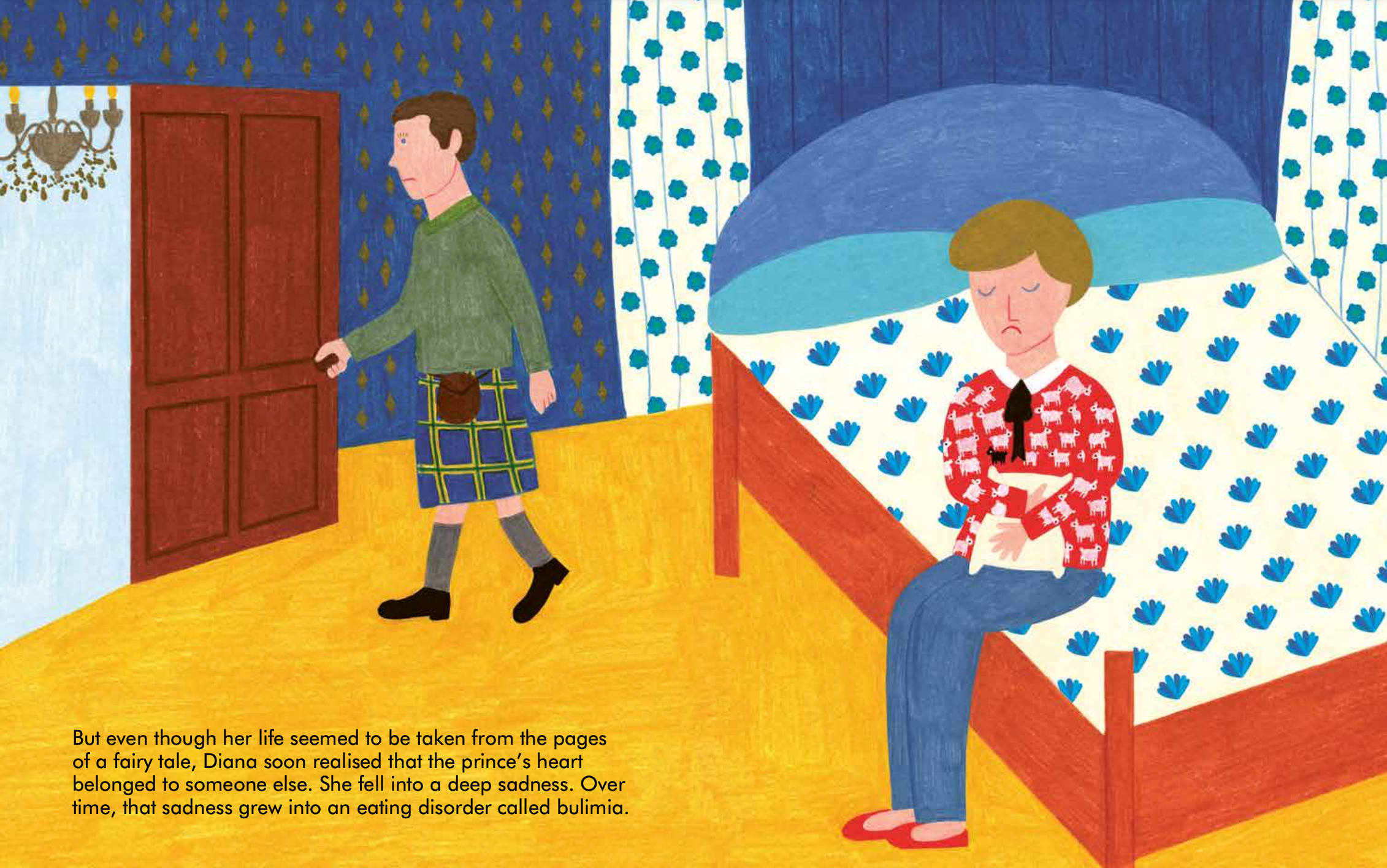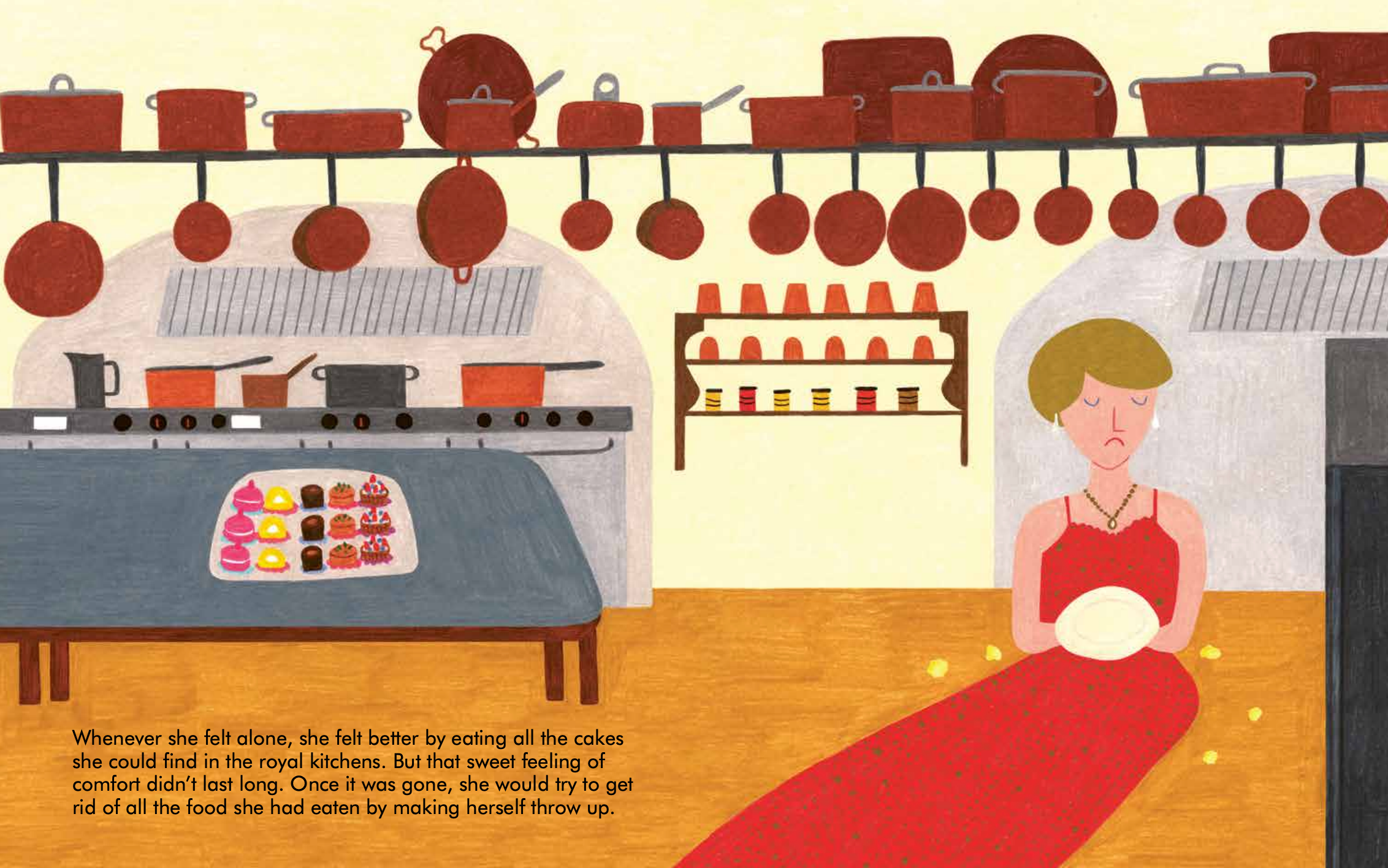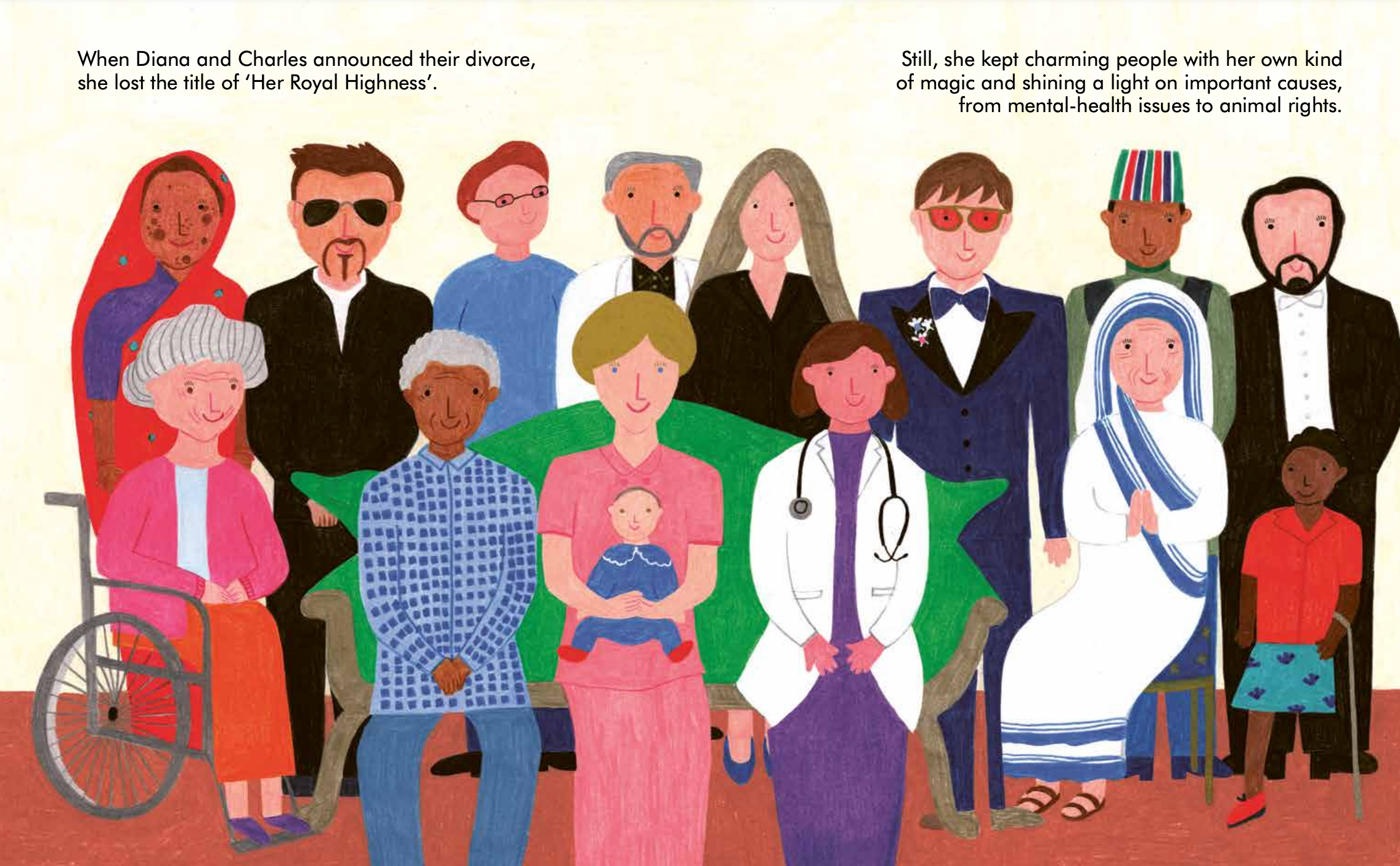Princess Diana’s eating disorder described in new children’s book
The book, part of the ‘Little People, Big Dreams’ series, will ‘introduce young readers to the world’s most loved princess’
Your support helps us to tell the story
From reproductive rights to climate change to Big Tech, The Independent is on the ground when the story is developing. Whether it's investigating the financials of Elon Musk's pro-Trump PAC or producing our latest documentary, 'The A Word', which shines a light on the American women fighting for reproductive rights, we know how important it is to parse out the facts from the messaging.
At such a critical moment in US history, we need reporters on the ground. Your donation allows us to keep sending journalists to speak to both sides of the story.
The Independent is trusted by Americans across the entire political spectrum. And unlike many other quality news outlets, we choose not to lock Americans out of our reporting and analysis with paywalls. We believe quality journalism should be available to everyone, paid for by those who can afford it.
Your support makes all the difference.Princess Diana’s struggle with an eating disorder has been detailed in a new children’s book about her life.
The latest instalment in the Little People, Big Dreams book series will be released on 7 September and will “introduce young readers to the world’s most-loved princess”.
The book is part of the best-selling biography series for children by author Maria Isabel Sánchez Vegara, which explores the lives of influential people from designers to scientists to activists. Vivienne Westwood, David Bowie and Ru Paul are among the people whose lives have been depicted in the book series.
A digital copy of the book shared withThe Independent features a description of the eating disorder that Diana, Princess of Wales, suffered from, stating: “Even though her life seemed to be taken from the pages of a fairy tale, she soon realised that the prince’s heart belonged to someone else… Over time that sadness grew into an eating disorder called bulimia.”
“Whenever she felt alone, she sought relief by eating all the cakes she could find in the royal kitchens,” it continued.
The illustration shows an upset Diana sitting on the floor of a kitchen holding an empty plate in her lap.
The book continues: “But that sweet feeling of comfort didn’t last long. Once it was gone, she would try to get rid of all the food she had eaten by making herself sick.”
“It took her time to seek help, learn to love herself and stop hurting her body. But once she did, she felt better than ever,” it continued.

The author credits the late royal as one of the “first famous people to speak up about her struggle with bulimia, helping others to confront it, too”.
While the book details Diana’s divorce from then-Prince Charles, she “kept charming people with her own king of magic and shining light on important causes, from mental health issues to animal rights”. It also goes on to describe the famous occasion when she hugged a patient with AIDS in a New York hospital during the height of the AIDS epidemic in the Eighties.
Diana first addressed her eating disorder directly in her 1995 Panorama interview with Martin Bashir.
She said in the interview: “I had bulimia for a number of years. And that’s like a secret disease. You inflict it upon yourself because your self-esteem is at a low ebb, and you don’t think you’re worthy or valuable. You fill your stomach up four or five times a day – some do it more – and it gives you a feeling of comfort.”

Diana’s eating disorder has since been widely depicted in accounts of her life. In season five of Netflix’s The Crown, several scenes depict Diana’s struggles with bulimia.
A spokesperson for the UK’s eating disorder charity Beat has said in a statement to The Telegraph that reading about eating disorders can help young people spot the signs more quickly.
According to the charity’s data, around 1.25m people in the UK have an eating disorder. It advises that bulimia is a “serious mental illness” that can affect anyone of any age, gender, ethnicity or background.

Its website states: “People with bulimia are caught in a cycle of eating large quantities of food (called bingeing), and then trying to compensate for that overeating by vomiting, taking laxatives or diuretics, fasting, or exercising excessively (called purging).”
“Treatment at the earliest possible opportunity gives the best chance for a fast and sustained recovery from bulimia.”
Beat’s advice continues: “Episodes of binge eating are often very distressing, and people may feel trapped in the cycle of bingeing and purging. People with bulimia place strong emphasis on their weight and shape, and may see themselves as much larger than they are.”
The representative for the charity told The Telegraph: “Reading about eating disorders can help young people to spot the signs more quickly. However, it’s crucial that books raise awareness in a sensitive and appropriate way.
“We advise that writers avoid going into detail about eating disorder behaviours, calories or weights as this can worsen symptoms for somebody who is unwell, or contribute to an eating disorder developing if someone is vulnerable.”
For anyone struggling with the issues raised in this article, eating disorder charity Beat’s helpline is available 365 days a year on 0808 801 0677. NCFED offers information, resources and counselling for those suffering from eating disorders, as well as their support networks. Visit eating-disorders.org.uk or call 0845 838 2040.
Little People, Big Dreams: Princess Diana is published on 7 September




Join our commenting forum
Join thought-provoking conversations, follow other Independent readers and see their replies
Comments